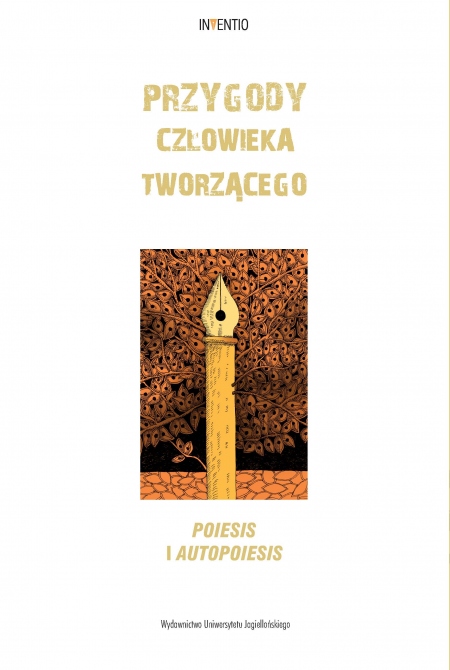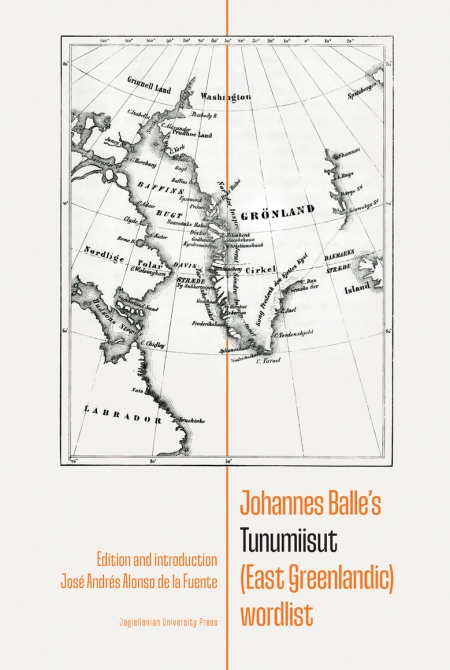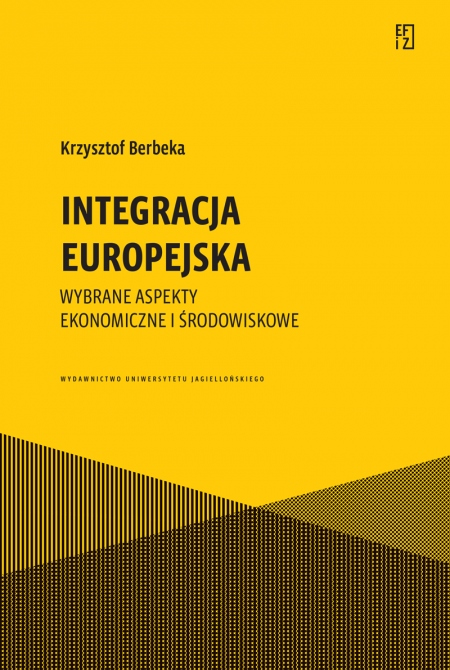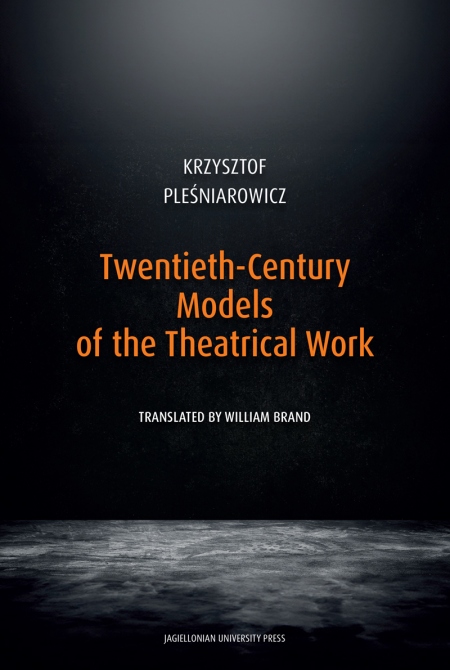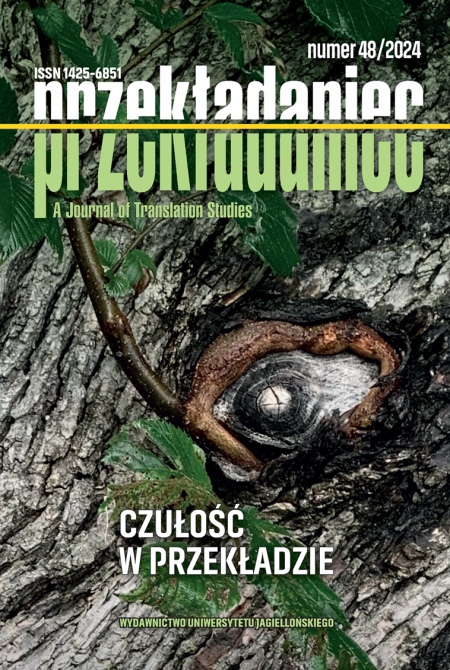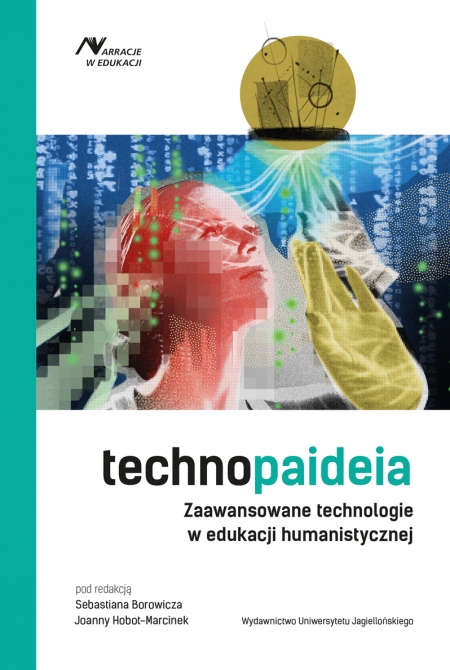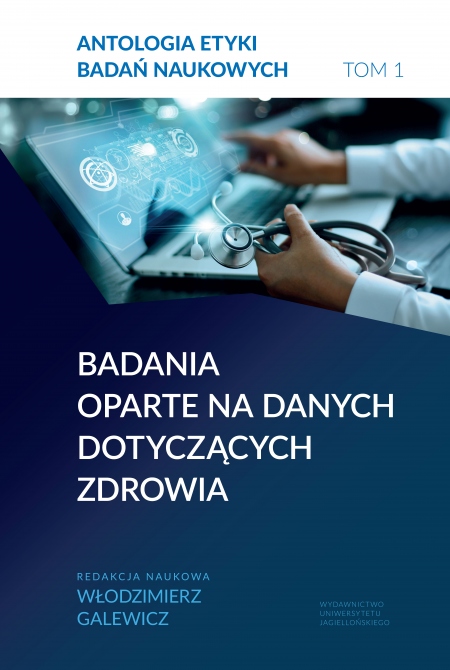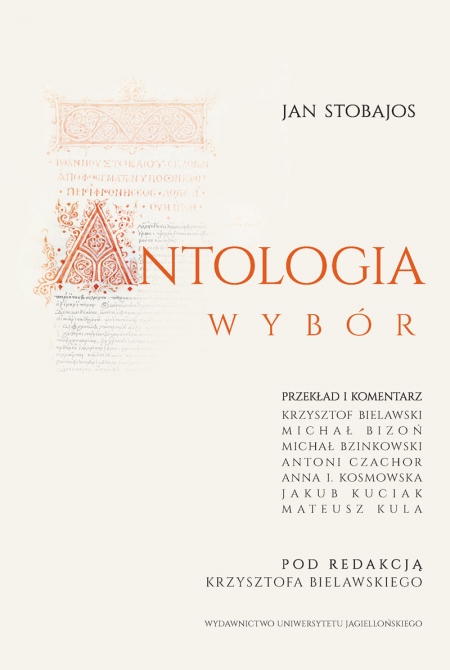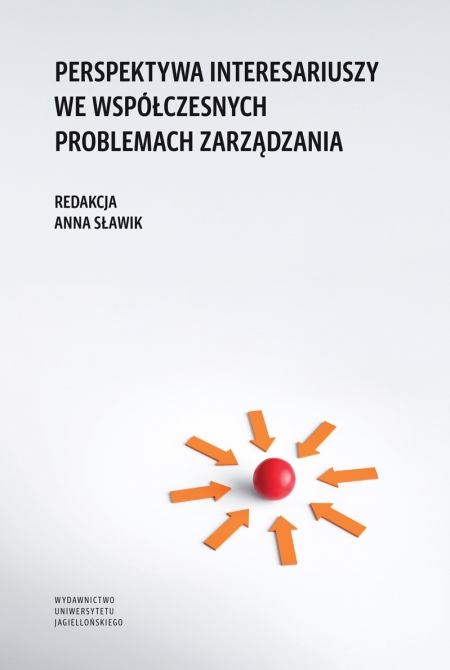Vocational Interests of Youth in Ecuador
Inventory of the Occupational Preferences of Youth
Pages: 176
Book format: 16,8x24 cm
Publication date: 2018
Book description
This methodologically sound psychometric tool has been handed to Ecuadorian psychologists and teachers as a guide in the career counselling field. The tool will have a significant impact on the democratization of youth, assisting them to make well-targeted choices when planning their education and career. The authors’ study may be viewed as pioneering work, due to its consideration of the significant cultural and geographic regional differentiation among graduates from the Pacific coast, the Andes, the Amazon rainforest and the Galapagos Islands. Reaching to the classics of literature on the subject, the authors have performed a momentous work, which is the construction of a psychometric tool that will be helpful in diagnosing career interests in the entire population of Ecuadorian youth. Worth additional acknowledgement are the high reliability indicators of the career interests questionnaire conducted on a representative and large study group, as well as the defined psychometric accuracy of the scale. This publication makes a civilizational quantum leap in the education of Ecuadorian youth, guaranteeing them a career choice that corresponds to their interests and ambitions. This pioneering publication on the Polish and world markets confirms the fact that Polish psychologists have the capability to “export” the psychometric school of thought to the Latin American region, with all of the scientific, social and humanitarian consequences involved.
Abour authors
Tomasz Mariusz Wołonciej is assistant professor at the Department of Experimental Psychology of the John Paul II Catholic University of Lublin, Poland. He is interested in psychology of organization, work culture, cross-cultural communication, and psychology in vocational guidance.
Anna Paszkowska-Rogacz is associate professor at the Department of Business Psychology and Career Counselling of the University of Lodz. She has around fifty published works including research reports, articles and books.
Anna Paszkowska-Rogacz is associate professor at the Department of Business Psychology and Career Counselling of the University of Lodz. She has around fifty published works including research reports, articles and books.
ISBN: 978-83-233-4420-9
Country of producer: Poland
RECOMMENDED BOOKS
105.00
zł
84.00
zł
NEW BOOKS

Vocational Interests of Youth in Ecuador
Inventory of the Occupational Preferences of Youth
TABLE OF CONTENTS
Introduction 7
1. The context of occupational guidance in Ecuador 11
1.1. New challenges of the labor market in Ecuador 13
1.2. Cultural diversity as a challenge for vocational guidance in Ecuador 19
1.3. Ecuadorian youth in the school to work transition 23
1.4. Youth passivity and work instability in the labor market 24
1.5. Need for tools in occupational guidance in Ecuador 26
1.6. Legal aspects of professional guidance in Ecuador 27
2. Determinants and correlates of career choice 31
2.1. Physical constitution and health in professional choices 33
2.2. How does temperament influence occupational choices? 35
2.3. Ability as an occupational success predictor 37
2.4. Interests as personality traits 42
2.5. Beliefs and values as vocational preferences predictors 44
2.6. Personality and vocation 48
2.7. Stages of career development 53
2.8. Career decisions of youth 57
3. Theoretical background of the IPPJ questionnaire 61
3.1. The theory of John Holland 61
3.2. Beyond the RIASEC code letters: Diagnostic aspects of the profile 65
3.2.1. Congruence of professional interests 66
3.2.2. Consistency of professional interests 67
3.2.3. Differentiation of vocational interests 70
3.2.4. Identity and vocational interest 72
3.3. Prediger’s Model of work environment classification 73
3.4. Typology of jobs according to Holland and Prediger 75
4. The design of the questionnaire 79
4.1. The construction of the pilot version 80
4.1.1. The pilot study 81
4.1.2. The validity study 85
4.1.3. The validity study of the 60 item version 92
4.1.4. Confirmatory Factor Analysis 99
4.1.5. The reliability of the IPPJ scale 101
4.1.6. Internal reliability scale: Duplicated items in “Lay key” 105
4.1.7. Reliability as test-retest stability of the IPPJ scores 107
4.1.8. Construct validity study through the analysis of intergroup differences 111
4.1.9. Degree of diversity and intensity of interest 116
5. Normalization procedure and analysis 119
6. Scales’ scores calculation 123
7. In the search of new techniques for vocational guidance practice 125
Conclusions 129
Bibliography 131
Appendices 141
Appendix 1. The pilot version of the IPPJ (120 items) 143
Appendix 2. Answer sheet for the pilot version IPPJ (120 items) 149
Appendix 3. The key of the pilot version scales (120 items) 151
Appendix 4. Items of the final version (60) with type codes after Factor Analysis of the pilot version (120) 152
Appendix 5. The final version of the INVENTARIO DE PREFERENCIAS PROFESIONALES DE JÓVENES (IPPJ) (60 items) 155
Appendix 6. The key of the IPPJ (final version) 159
Appendix 7. The translation of the IPPJ items from Spanish into English 160
Appendix 8. Sten norms for vocational interests of girls (N = 962) (R, S, E, C scales) 163
Appendix 9. Sten norms (R, S, E, C) for professional interests of boys (N = 970) 164
Appendix 10. Sten norms (I, E) for professional interests for girls and boys (N = 1932) 165
Appendix 11. Sten norms for Holland’s Differentiation indicators 166
Appendix 12. Sten norms for Iachan’s Differentiation indicators 167
Appendix 13. Sten norms for the Intensity Indicators 168
Appendix 14: The answer sheet: the table profile or/and the hexagon profile 169
List of figures 171
List of tables 173
1. The context of occupational guidance in Ecuador 11
1.1. New challenges of the labor market in Ecuador 13
1.2. Cultural diversity as a challenge for vocational guidance in Ecuador 19
1.3. Ecuadorian youth in the school to work transition 23
1.4. Youth passivity and work instability in the labor market 24
1.5. Need for tools in occupational guidance in Ecuador 26
1.6. Legal aspects of professional guidance in Ecuador 27
2. Determinants and correlates of career choice 31
2.1. Physical constitution and health in professional choices 33
2.2. How does temperament influence occupational choices? 35
2.3. Ability as an occupational success predictor 37
2.4. Interests as personality traits 42
2.5. Beliefs and values as vocational preferences predictors 44
2.6. Personality and vocation 48
2.7. Stages of career development 53
2.8. Career decisions of youth 57
3. Theoretical background of the IPPJ questionnaire 61
3.1. The theory of John Holland 61
3.2. Beyond the RIASEC code letters: Diagnostic aspects of the profile 65
3.2.1. Congruence of professional interests 66
3.2.2. Consistency of professional interests 67
3.2.3. Differentiation of vocational interests 70
3.2.4. Identity and vocational interest 72
3.3. Prediger’s Model of work environment classification 73
3.4. Typology of jobs according to Holland and Prediger 75
4. The design of the questionnaire 79
4.1. The construction of the pilot version 80
4.1.1. The pilot study 81
4.1.2. The validity study 85
4.1.3. The validity study of the 60 item version 92
4.1.4. Confirmatory Factor Analysis 99
4.1.5. The reliability of the IPPJ scale 101
4.1.6. Internal reliability scale: Duplicated items in “Lay key” 105
4.1.7. Reliability as test-retest stability of the IPPJ scores 107
4.1.8. Construct validity study through the analysis of intergroup differences 111
4.1.9. Degree of diversity and intensity of interest 116
5. Normalization procedure and analysis 119
6. Scales’ scores calculation 123
7. In the search of new techniques for vocational guidance practice 125
Conclusions 129
Bibliography 131
Appendices 141
Appendix 1. The pilot version of the IPPJ (120 items) 143
Appendix 2. Answer sheet for the pilot version IPPJ (120 items) 149
Appendix 3. The key of the pilot version scales (120 items) 151
Appendix 4. Items of the final version (60) with type codes after Factor Analysis of the pilot version (120) 152
Appendix 5. The final version of the INVENTARIO DE PREFERENCIAS PROFESIONALES DE JÓVENES (IPPJ) (60 items) 155
Appendix 6. The key of the IPPJ (final version) 159
Appendix 7. The translation of the IPPJ items from Spanish into English 160
Appendix 8. Sten norms for vocational interests of girls (N = 962) (R, S, E, C scales) 163
Appendix 9. Sten norms (R, S, E, C) for professional interests of boys (N = 970) 164
Appendix 10. Sten norms (I, E) for professional interests for girls and boys (N = 1932) 165
Appendix 11. Sten norms for Holland’s Differentiation indicators 166
Appendix 12. Sten norms for Iachan’s Differentiation indicators 167
Appendix 13. Sten norms for the Intensity Indicators 168
Appendix 14: The answer sheet: the table profile or/and the hexagon profile 169
List of figures 171
List of tables 173
Vocational Interests of Youth in Ecuador
Inventory of the Occupational Preferences of Youth
TABLE OF CONTENTS
Introduction 7
1. The context of occupational guidance in Ecuador 11
1.1. New challenges of the labor market in Ecuador 13
1.2. Cultural diversity as a challenge for vocational guidance in Ecuador 19
1.3. Ecuadorian youth in the school to work transition 23
1.4. Youth passivity and work instability in the labor market 24
1.5. Need for tools in occupational guidance in Ecuador 26
1.6. Legal aspects of professional guidance in Ecuador 27
2. Determinants and correlates of career choice 31
2.1. Physical constitution and health in professional choices 33
2.2. How does temperament influence occupational choices? 35
2.3. Ability as an occupational success predictor 37
2.4. Interests as personality traits 42
2.5. Beliefs and values as vocational preferences predictors 44
2.6. Personality and vocation 48
2.7. Stages of career development 53
2.8. Career decisions of youth 57
3. Theoretical background of the IPPJ questionnaire 61
3.1. The theory of John Holland 61
3.2. Beyond the RIASEC code letters: Diagnostic aspects of the profile 65
3.2.1. Congruence of professional interests 66
3.2.2. Consistency of professional interests 67
3.2.3. Differentiation of vocational interests 70
3.2.4. Identity and vocational interest 72
3.3. Prediger’s Model of work environment classification 73
3.4. Typology of jobs according to Holland and Prediger 75
4. The design of the questionnaire 79
4.1. The construction of the pilot version 80
4.1.1. The pilot study 81
4.1.2. The validity study 85
4.1.3. The validity study of the 60 item version 92
4.1.4. Confirmatory Factor Analysis 99
4.1.5. The reliability of the IPPJ scale 101
4.1.6. Internal reliability scale: Duplicated items in “Lay key” 105
4.1.7. Reliability as test-retest stability of the IPPJ scores 107
4.1.8. Construct validity study through the analysis of intergroup differences 111
4.1.9. Degree of diversity and intensity of interest 116
5. Normalization procedure and analysis 119
6. Scales’ scores calculation 123
7. In the search of new techniques for vocational guidance practice 125
Conclusions 129
Bibliography 131
Appendices 141
Appendix 1. The pilot version of the IPPJ (120 items) 143
Appendix 2. Answer sheet for the pilot version IPPJ (120 items) 149
Appendix 3. The key of the pilot version scales (120 items) 151
Appendix 4. Items of the final version (60) with type codes after Factor Analysis of the pilot version (120) 152
Appendix 5. The final version of the INVENTARIO DE PREFERENCIAS PROFESIONALES DE JÓVENES (IPPJ) (60 items) 155
Appendix 6. The key of the IPPJ (final version) 159
Appendix 7. The translation of the IPPJ items from Spanish into English 160
Appendix 8. Sten norms for vocational interests of girls (N = 962) (R, S, E, C scales) 163
Appendix 9. Sten norms (R, S, E, C) for professional interests of boys (N = 970) 164
Appendix 10. Sten norms (I, E) for professional interests for girls and boys (N = 1932) 165
Appendix 11. Sten norms for Holland’s Differentiation indicators 166
Appendix 12. Sten norms for Iachan’s Differentiation indicators 167
Appendix 13. Sten norms for the Intensity Indicators 168
Appendix 14: The answer sheet: the table profile or/and the hexagon profile 169
List of figures 171
List of tables 173
1. The context of occupational guidance in Ecuador 11
1.1. New challenges of the labor market in Ecuador 13
1.2. Cultural diversity as a challenge for vocational guidance in Ecuador 19
1.3. Ecuadorian youth in the school to work transition 23
1.4. Youth passivity and work instability in the labor market 24
1.5. Need for tools in occupational guidance in Ecuador 26
1.6. Legal aspects of professional guidance in Ecuador 27
2. Determinants and correlates of career choice 31
2.1. Physical constitution and health in professional choices 33
2.2. How does temperament influence occupational choices? 35
2.3. Ability as an occupational success predictor 37
2.4. Interests as personality traits 42
2.5. Beliefs and values as vocational preferences predictors 44
2.6. Personality and vocation 48
2.7. Stages of career development 53
2.8. Career decisions of youth 57
3. Theoretical background of the IPPJ questionnaire 61
3.1. The theory of John Holland 61
3.2. Beyond the RIASEC code letters: Diagnostic aspects of the profile 65
3.2.1. Congruence of professional interests 66
3.2.2. Consistency of professional interests 67
3.2.3. Differentiation of vocational interests 70
3.2.4. Identity and vocational interest 72
3.3. Prediger’s Model of work environment classification 73
3.4. Typology of jobs according to Holland and Prediger 75
4. The design of the questionnaire 79
4.1. The construction of the pilot version 80
4.1.1. The pilot study 81
4.1.2. The validity study 85
4.1.3. The validity study of the 60 item version 92
4.1.4. Confirmatory Factor Analysis 99
4.1.5. The reliability of the IPPJ scale 101
4.1.6. Internal reliability scale: Duplicated items in “Lay key” 105
4.1.7. Reliability as test-retest stability of the IPPJ scores 107
4.1.8. Construct validity study through the analysis of intergroup differences 111
4.1.9. Degree of diversity and intensity of interest 116
5. Normalization procedure and analysis 119
6. Scales’ scores calculation 123
7. In the search of new techniques for vocational guidance practice 125
Conclusions 129
Bibliography 131
Appendices 141
Appendix 1. The pilot version of the IPPJ (120 items) 143
Appendix 2. Answer sheet for the pilot version IPPJ (120 items) 149
Appendix 3. The key of the pilot version scales (120 items) 151
Appendix 4. Items of the final version (60) with type codes after Factor Analysis of the pilot version (120) 152
Appendix 5. The final version of the INVENTARIO DE PREFERENCIAS PROFESIONALES DE JÓVENES (IPPJ) (60 items) 155
Appendix 6. The key of the IPPJ (final version) 159
Appendix 7. The translation of the IPPJ items from Spanish into English 160
Appendix 8. Sten norms for vocational interests of girls (N = 962) (R, S, E, C scales) 163
Appendix 9. Sten norms (R, S, E, C) for professional interests of boys (N = 970) 164
Appendix 10. Sten norms (I, E) for professional interests for girls and boys (N = 1932) 165
Appendix 11. Sten norms for Holland’s Differentiation indicators 166
Appendix 12. Sten norms for Iachan’s Differentiation indicators 167
Appendix 13. Sten norms for the Intensity Indicators 168
Appendix 14: The answer sheet: the table profile or/and the hexagon profile 169
List of figures 171
List of tables 173
Choose chapters to buy:
Order value:
0.00 zł





